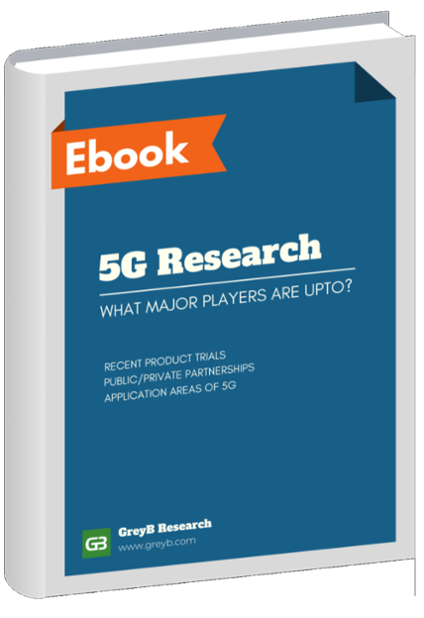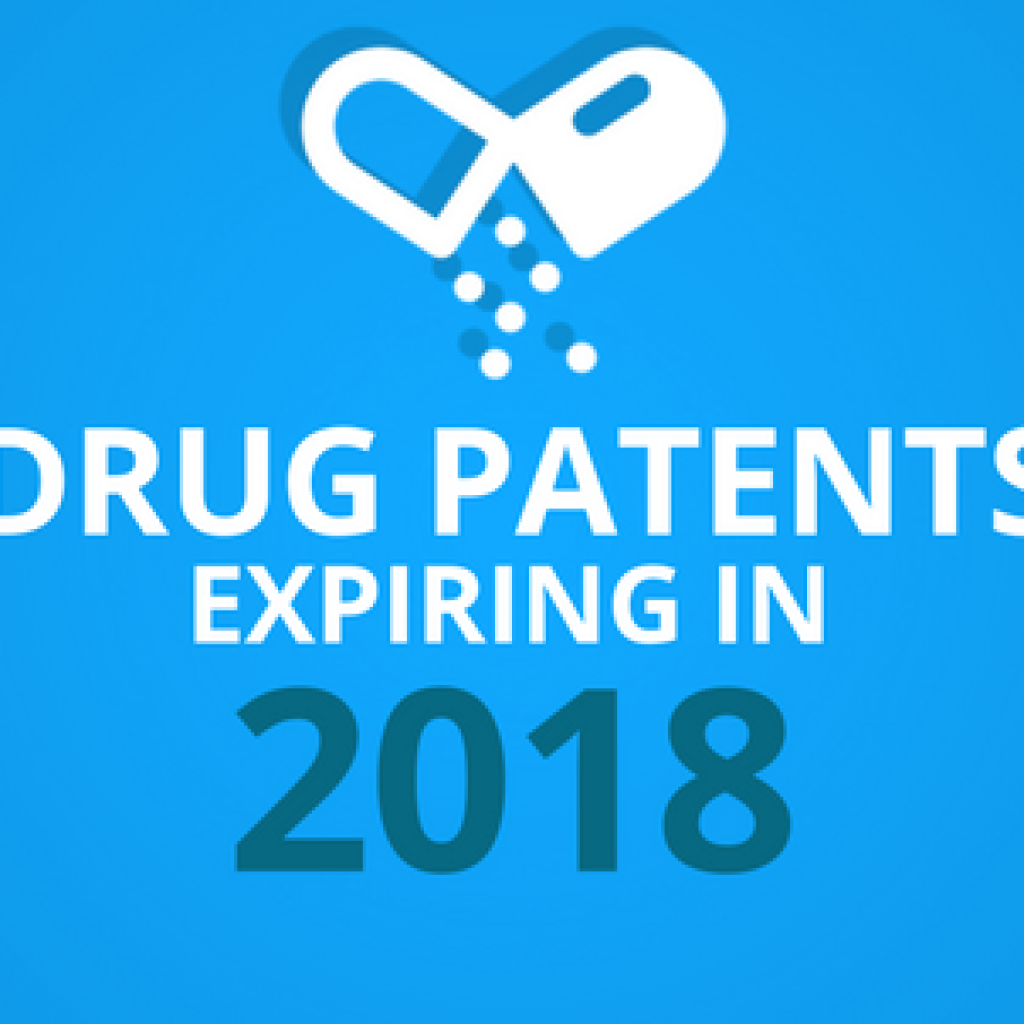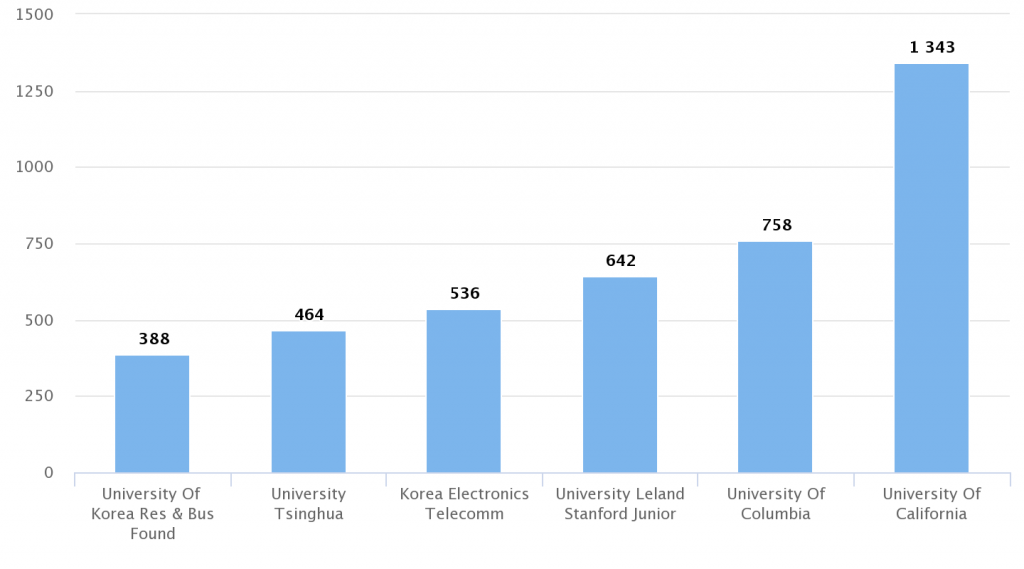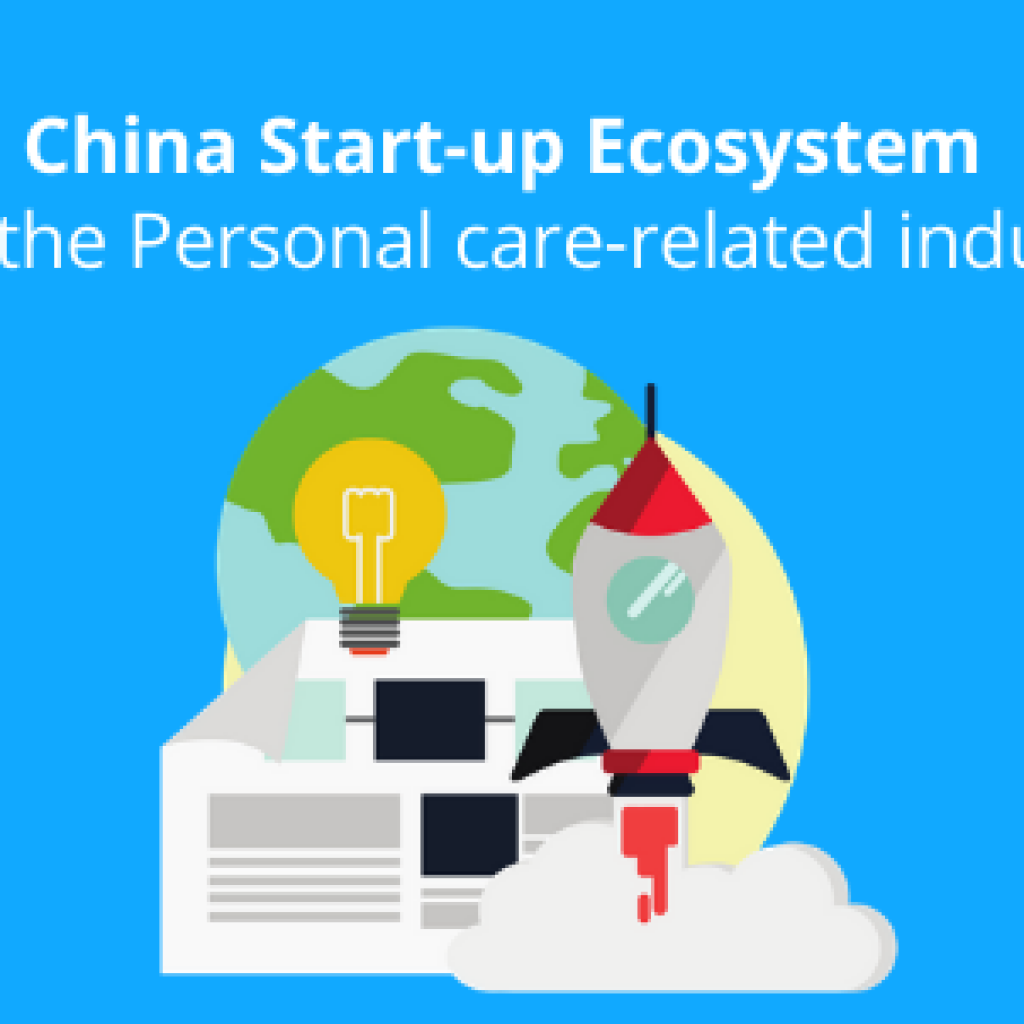Recently, it made to the headlines that Daimler had lodged a complaint with the European Commission against Nokia as Nokia refused to license mobile components and insists on indirect licensing of the entire vehicle.
This reminded me of another case, where Broadcom filed a billion-dollar lawsuit against Volkswagen for infringement of their patents related to wireless connectivity, graphics, and GPS tracking. The technology was used in the infotainment system supplied by Becker Automotive systems and Contic tech using chipsets from Nvidia and Texas instruments.
Now, if you see the bigger picture, on one side, it’s Broadcom and Nokia, the ‘tech’ giants, and on the other side its Volkswagen and Daimler, the ‘automotive’ giants, having a conflict over wireless technologies being used in cars.
For long, the licensing of patents in the automotive domain is vertically aligned where Tier-1 manufacturers and OEM uses a single component method to calculate the licensing rates and thus have a small licensing fee. But then Broadcom filed a billion-dollar lawsuit against VW for infringement of their above-mentioned patents.
One might think – The negotiation of royalty fees is done on the basis of the single-component method and should have a marginal licensing fee. So how can they hit a lawsuit worth a billion?
To answer this, one important thing you need to know is that the plaintiff “Broadcom” is not an automotive player and thus does not play by the rules of the automotive industry. Broadcom is a telecom giant and the royalty rates calculated in the telecommunication sector are based on the selling price of the product rather than the single component methodology used in the automotive sector.
This is a clear indication for executives of any car manufacturing company that uses telecom services or an IP director responsible for handling the IP deals for the auto industry. This is the time you gear up yourself for the future where you might have to face complex licensing deals.
The major difference here is how the patent royalty rates are calculated in the automotive and mobile sector. In the automotive sector, the OEM manufactures and Tier-1 suppliers use a single component method to set the patent royalty fees, thus the licensing fees have a marginal effect on the final price of the car. In contrast, in the mobile sector, the royalty rates are usually calculated on the bases of the selling price of the product. This can jeopardize the entire business model at all levels from manufacturing to selling.
Though the case was settled outside the court for an undisclosed amount, the point here is that two different sectors ‘Automotive’ and ‘Telecom’ sectors are merging where both the sectors have different ways to calculate the licensing fees.

Current FRAND Terms needs an update
To solve this problem, a patent pool ‘Avanci’ was created which offers flat licensing fees for $15 for patents related to (4g/3G) which can be used in connected cars. The flat licensing fee model has worked so far because the connectivity features were limited to ecalls, software updates, etc. and it has not been a driving force for the customer to select a car/brand.
But as we move forward to the future of connected cars, self-driving cars, and 5G, these features have the potential to be a deciding factor for clients who are willing to switch from one car brand to another for more connectivity. Like, a customer can prefer to opt for a car that offers a self-driving feature. The next-generation network 5G is going to be a key factor for inter-connected cars.
The future smart car will be able to communicate with the environment like traffic lights, other vehicles, etc. in real-time, thus will rely more on the heavily patented and standardized 5G. The automotive sector will be the other area apart from smartphones which will be significantly affected by 5G.
As a result, many mobile communication companies are entering the world of connected-cars as their technology plays an increasingly important role in these vehicles.
In fact, Mobile companies are investing heavily in patents related to the vehicular domain. Based on the total patent data declared on the ETSI website (*declared till Nov) in the vehicular domain for 5G, 75% of the declarations are owned by the Top telecom companies. Another interesting point to note here is that no automotive company has declared its patents for 5G V2X. Thus is important to have a common ground for calculating FRAND terms.
With the involvement of more mobile companies and with 5G integrated cars, we can expect a shift in the way the royalty rates will be calculated as mobile companies can have an upper hand in deciding how the royalty rates will be calculated. Like in Nokia vs Daimler’s case, Nokia’s quest for fees from Daimler has put a focus on the bigger battle between tech companies and the automotive industry over royalties for technologies essential for navigation systems, vehicle communications, and self-driving cars.
Even though 5G is standardized by ETSI, it does not explain how the FRAND terms should be calculated. So it will be of utmost priority to set a common ground for setting FRAND terms, as both the Automotive and Mobile sectors have their own methods to calculate FRAND terms. There are many issues that need to be addressed like should the royalties be based on a component approach, or based on the total value of the product or where 5G is used in the supply chain.
Conclusion:
As the connectivity feature continues to be an integral part in cars of the future and with more conflict in resolving the FRAND terms, it won’t be wrong to say “FRAND war is coming…”, and thus, the car manufactures and people dealing with IP should be prepared to face complex licensing deals from the communication industry to ensure they have the right IP strategy. They have to move beyond just monitoring their competitors or rates offered by suppliers. Here are a few pointers which can help IP directors and Managers of automobile industry prepare for the future:
- Opt-in for an early licensing with Major 5G players which are active in vehicular domains
- Check for the companies declaring 5G SEP and make sure you check for the essentiality of the patent.
- Increase R&D in 5G to create your own portfolio and to secure your products. Creating a portfolio can help in better negotiations, cross-licensing.
- Keep a check on the dynamics of royalty rates. Like, what component is being affected by the patent and what impact does it make.
Authored by: Aadarsh Sharma, Patent Infringement.










